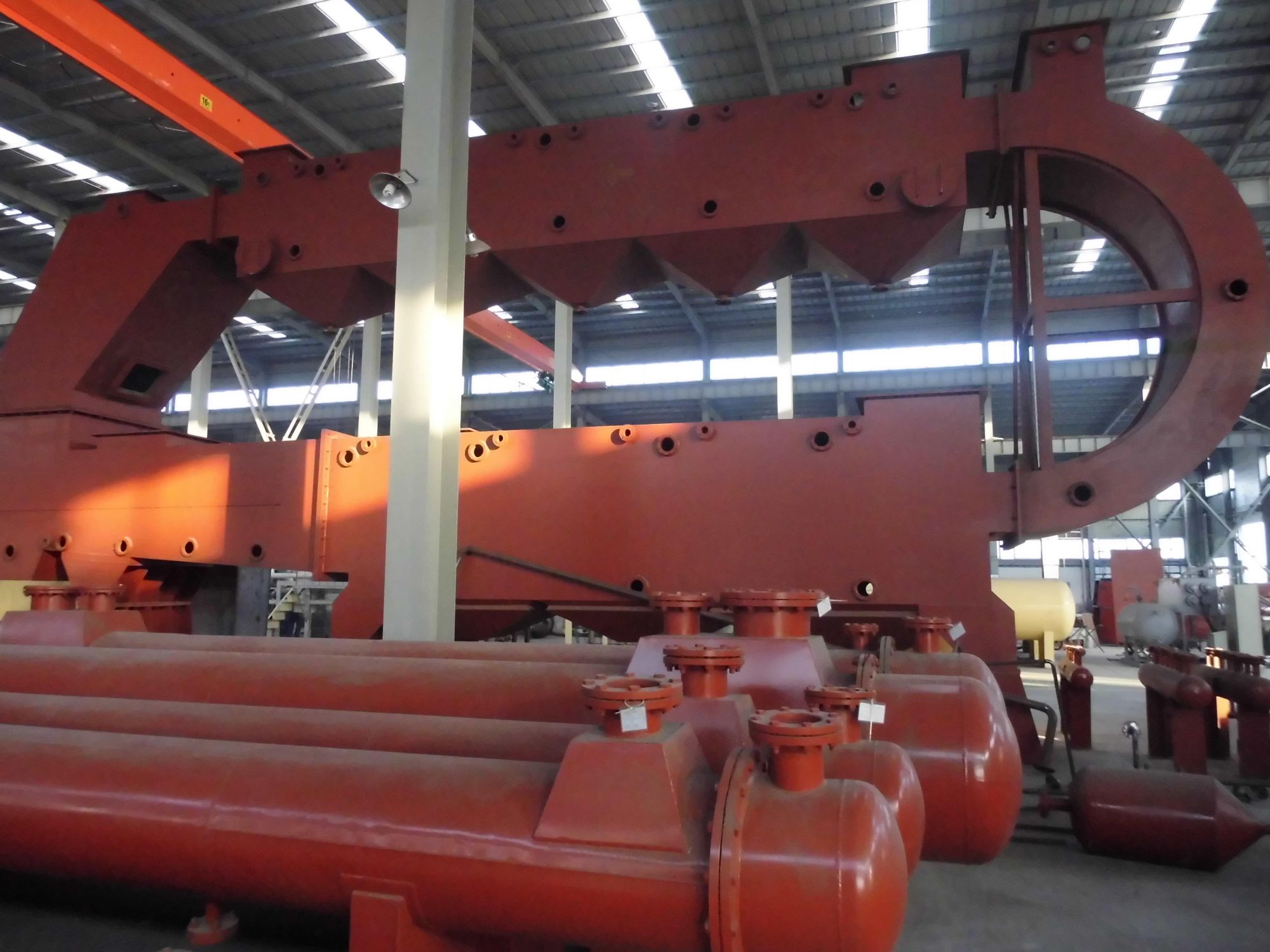Solvent consumption of leaching equipment is an important issue. It is not only related to the production cost and property safety of the enterprise, but also to the health of the operators and environmental protection issues. Therefore, in the process equipment, equipment debugging, processing and production of the leaching equipment, every effort should be made. It is possible to try to reduce the loss of solvent. In production, there are four main reasons for high solvent consumption.

1. Equipment reason
①Because the equipment's pipes, doors, and flange connections are not tight enough, the solvent escapes, spills, drips, and leaks, and the solvent leaks out. When shutting down for maintenance due to malfunctions, affected by the temperature, the solvent has a large distillation range, and the solvents with high and low boiling points are easy to lose. According to measurement, if the operation is performed under a positive pressure of 33Kpa, if a gasket is loosened, 300kg of solvent can be leaked a day.
②The solvent gas cannot be completely condensed due to insufficient condensing area or too high condensing water temperature, causing the solvent to run off and escape.
③Since the separation of solvent and water is not clear, the solvent is drained away with the waste water. According to measurement, the solubility of the solvent in water is 0.014% (15.5°C). If emulsification occurs, it will greatly exceed this amount.
④Due to the insufficient heating area of the steamer, the solvent vapor overflows at the meal outlet, or the solvent is contained in the meal particles and taken away with the meal. According to the standard requirements, the residual solvent content in the meal should be less than 0.05%. If the operation is improper and the residual solution reaches 0.1%, each ton of meal will take away 10kg more solvent.
2. operating factors
① The operator directly went to work without professional training, the process principle and equipment performance were not clear, the technical level was uneven; the sense of responsibility was not strong, and the problems found could not be solved in time.
②Due to operating errors, the mixed oil evaporates or the gas stripping is incomplete, and the solvent is taken away with the crude oil. Generally, the residual solubility in oil is required to be less than 0.1%. If the operation is improper, if the residual solvent in the oil exceeds the standard by 1%, 10kg of solvent will be taken away per ton of oil.
3. process design
①There are defects in the process design, and the phenomenon of running, emitting, dripping, and leaking occurred during the test run stage, which caused the entire workshop to ablate to solve the problem, resulting in excessive solvent consumption.
②The steam cannot meet the specified requirements. According to actual measurement, steam consumption in general workshop is 240~270kg for soybean processing technology and 380~420kg for cottonseed processing technology. The saturated steam pressure needs to be 0.6~0.7MPa.
4. Solvent problem
The distillation range of the purchased solvent is higher than the specified requirements, which makes the solvent difficult to evaporate and recover. Generally, the distillation range of No. 6 solvent oil is 60℃~90℃, and the distillation range of n-ethane is 62℃~69℃.
Copyright © Henan Zhongxing Grain And Oil Machinery Co.,Ltd. All Rights Reserved. Powered by MetInfo